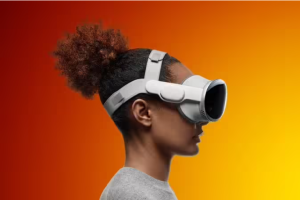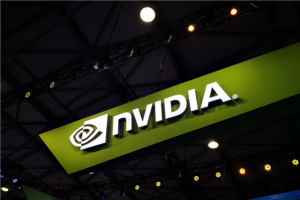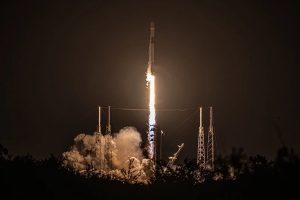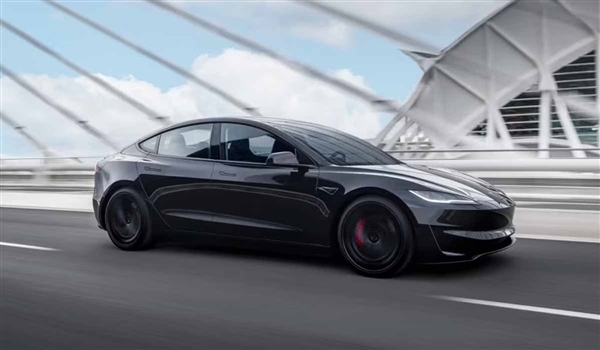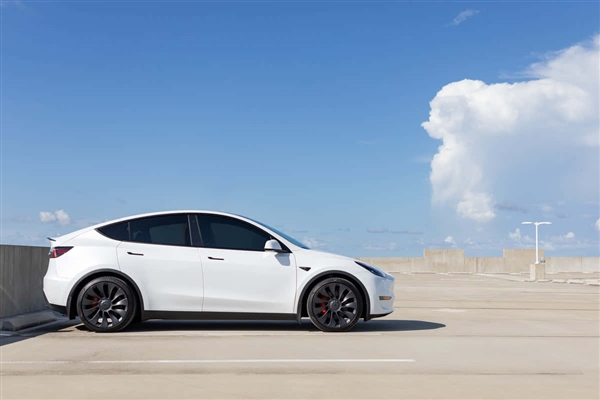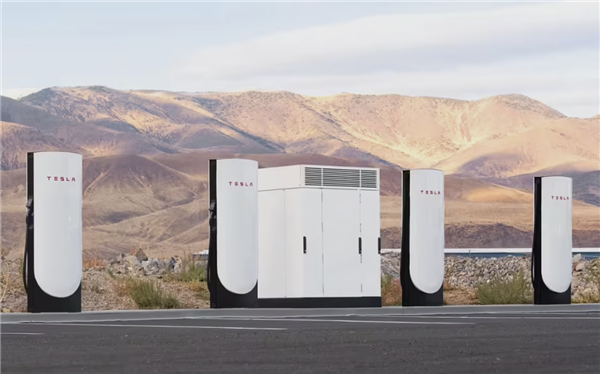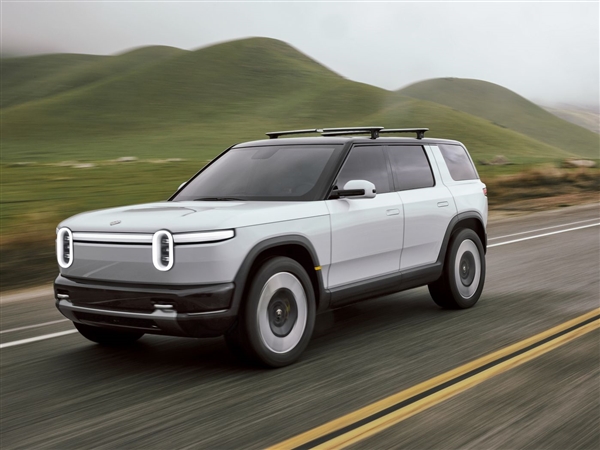February 21, 2025 – Mercedes-Benz is set to follow in the footsteps of BMW, unifying the design language of its internal combustion engine and electric vehicles. As reported by Motor 1 today, all Mercedes models will embrace a “unified design language” without any compromises: “Electric vehicles and electrified models will leverage their respective strengths while ensuring no sacrifices are made in terms of space, elegance, comfort, or efficiency.”
The company’s announcement today revealed that both ICE and electric versions of their vehicles will be more closely integrated across the product line, from the entry-level to the top-tier. Mercedes aims to reverse the decline in electric vehicle demand by updating its design direction and moving away from the ultra-low drag, pebble-like styling.

It is understood that last year, Mercedes’ zero-emission vehicle deliveries dropped by 23%, falling to 185,100 units. Despite this decline, the brand still surpassed Audi, whose deliveries decreased by 8%, with only 164,000 pure electric vehicles delivered. BMW (excluding Mini), on the other hand, sold more electric cars than both German brands combined, reaching 368,523 units and achieving an 11.6% year-on-year growth.
Mercedes announced last year that it will introduce an all-electric version of the next-generation S-Class, expected to arrive by the end of this decade (2020-2030). Meanwhile, the current S-Class is set for a “major update” in 2026. Additionally, the CLA will receive a wagon variant, followed by a “baby G-Class” and replacements for the EQA and EQB. Mercedes plans to introduce “numerous new or updated models” by 2027, including a range of electric vehicles.



